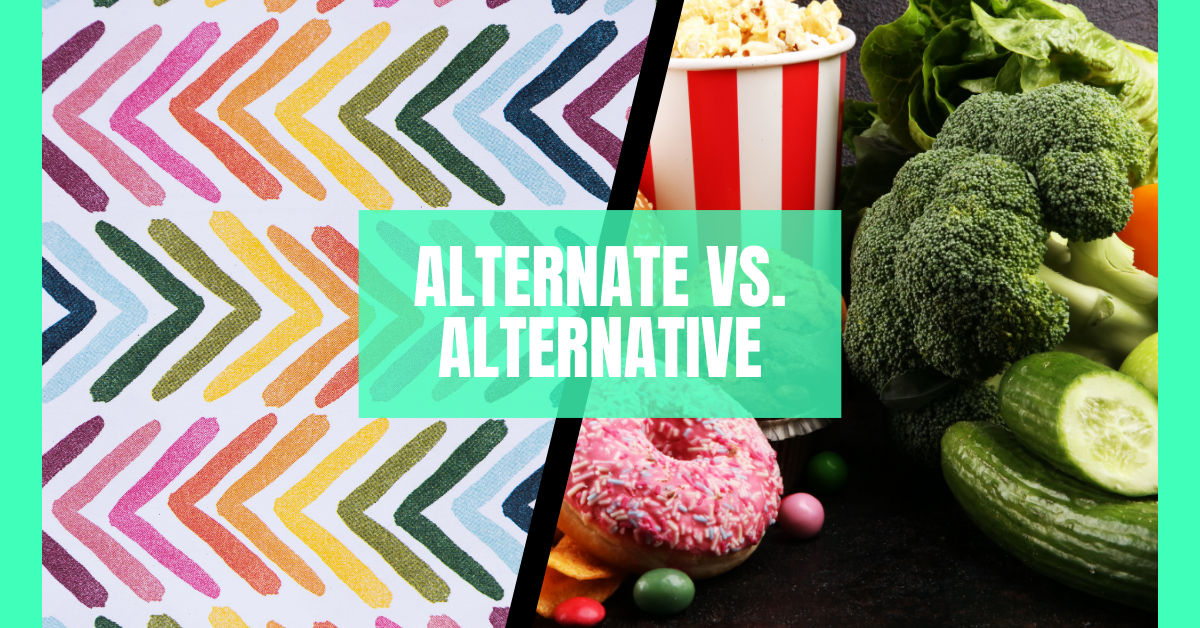Good vs. Well: Master the Difference in Everyday English

Good vs. Well: Master the Difference in Everyday English
Good vs. Well: How to Use Them Correctly in English
When it comes to speaking and writing in English, two words that frequently confuse even native speakers are “good” and “well.” Both words describe quality, but they are used in different contexts and have distinct grammatical roles. Understanding the difference between these two can significantly improve your language fluency.
Let’s dive into the basics of “good” and “well,” clarify their usage, and explore some examples to help you use them like a pro.
Source: Learn English Coach YouTube Channel
The Basics: Adjective vs. Adverb
The first step in understanding “good” and “well” is knowing their grammatical function.
Good is an adjective. This means it describes nouns (people, places, things).
Well is an adverb. This means it modifies verbs (actions), adjectives, or other adverbs.
Here’s a simple rule of thumb to remember:
Use good to describe a person, thing, or idea.
Use well to describe how something is done or the condition of someone’s health.
Examples of “Good”
Since “good” is an adjective, you’ll use it to describe nouns. Here are a few examples to illustrate:
She is a good dancer. (Describes she—the dancer.)
This is a good book. (Describes this—the book.)
He gave a good presentation. (Describes he—the one giving the presentation.)
In these cases, “good” is used to describe the quality of the noun. The dancer, the book, and the presentation are all being evaluated as “good.”
Examples of “Well”
On the other hand, “well” is used to describe actions or the state of something. Let’s look at some examples:
She dances well. (Describes dances—the action.)
He speaks English well. (Describes speaks—the action of speaking.)
You write well. (Describes write—the action of writing.)
Notice that in each of these examples, “well” is modifying the verb (dances, speaks, writes), telling us how the action is performed.
The Health Exception: “I Am Well” vs. “I Am Good”
There’s one particular case that often trips people up: talking about health. When referring to your health or how you’re feeling, you can use well as an adjective. This is an exception to the normal rule.
For instance:
I am well means “I am healthy” or “I feel good.”
I am good usually implies “I am in a good mood” or “I am behaving well,” though some people might say it casually to mean they are okay or doing fine.
When you’re specifically talking about your health, well is the preferred word:
After being sick, I finally feel well.
I haven’t been sleeping well lately.
Good vs. Well in Action: Let’s Break It Down
Now that we’ve gone over the basics, let’s look at how these two words can work together in the same sentence.
He is a good cook, but today he didn’t cook well.
Good describes the cook’s general ability or skill.
Well describes how he performed the action of cooking today.
She is a good writer, but she didn’t write that story well.
Good describes the writer.
Well describes the quality of the writing in a specific instance.
In both cases, you can see how “good” describes the person (or their ability) while “well” describes the action they performed.
Common Mistakes to Avoid
Incorrect: He did good on the test.
Correct: He did well on the test.
“Did” is a verb, so you need the adverb “well” to describe how he performed on the test.
Incorrect: She speaks good.
Correct: She speaks well.
“Speaks” is the verb, so you need “well” to describe how she speaks.
Summary: A Quick Recap
Good is an adjective and describes nouns.
Well is an adverb and describes verbs or the state of something.
When referring to health, “well” can also be used as an adjective (e.g., “I am well”).
Understanding this difference is essential, especially when you want to express yourself clearly and correctly in English. Mastering the usage of “good” and “well” not only improves your grammar but also helps you sound more fluent in everyday conversation.
The next time you want to compliment someone or talk about how something is done, remember this simple rule: People and things are good; actions are done well.
FREE Quiz
Take our free quiz to test your knowledge on Good vs. Well. 👉 Click Here to Start the Quiz.






